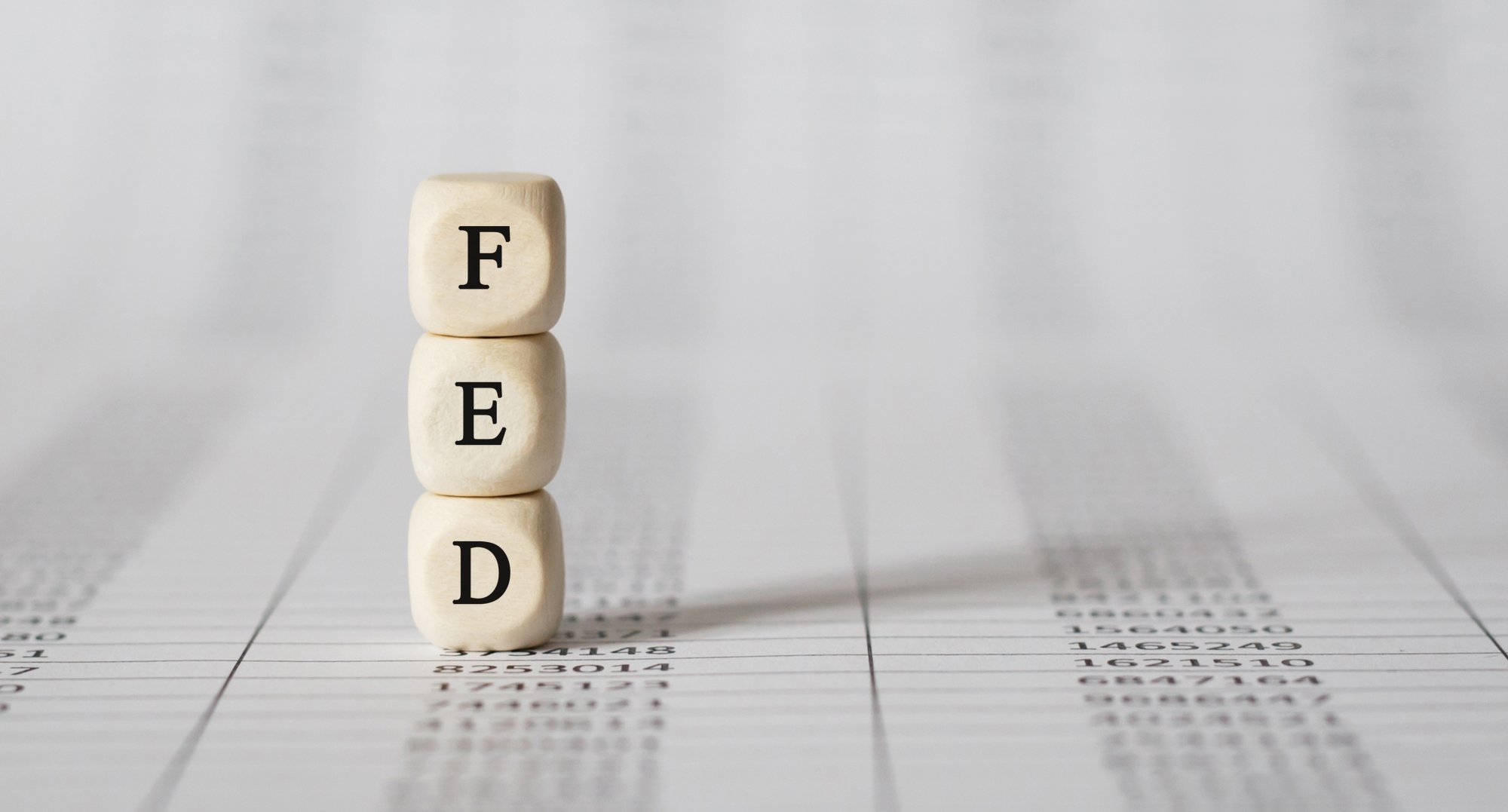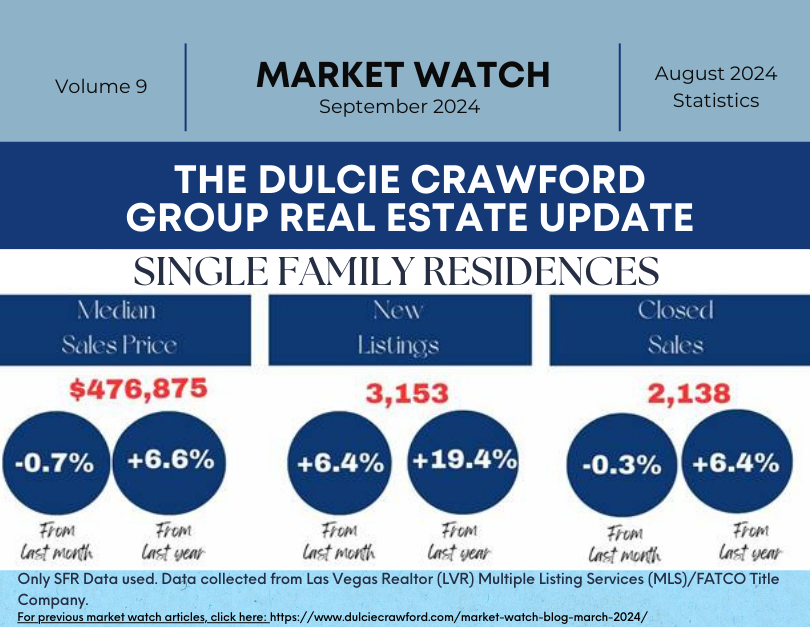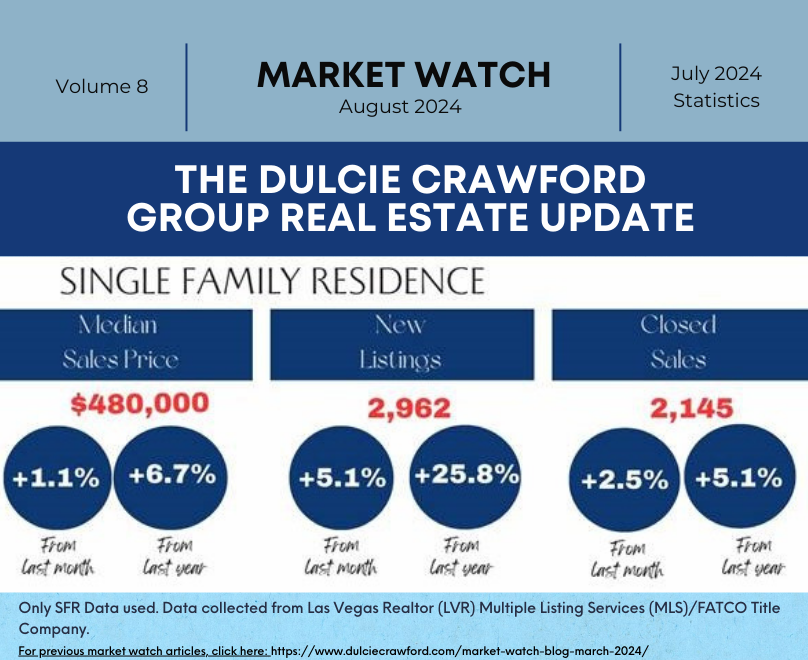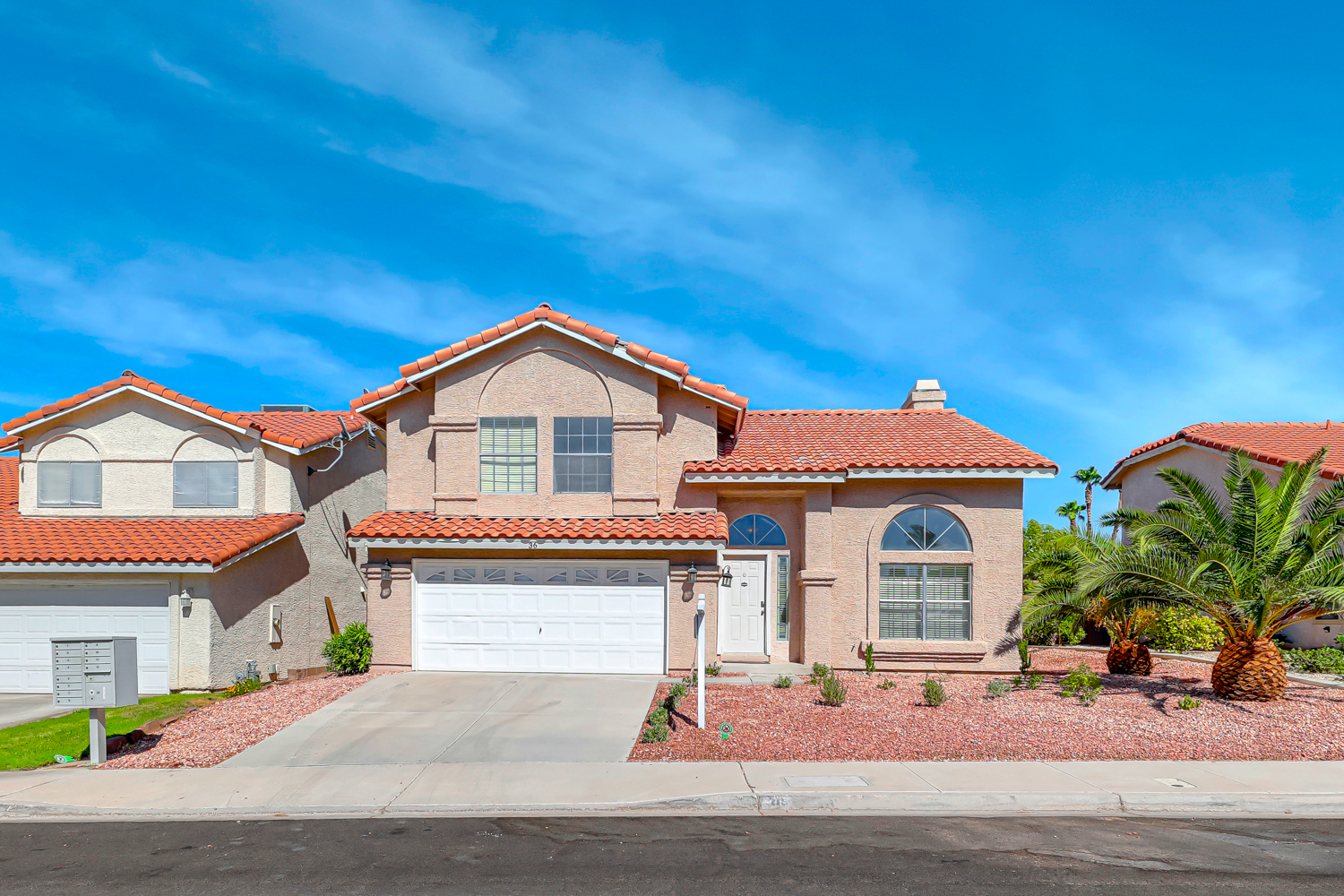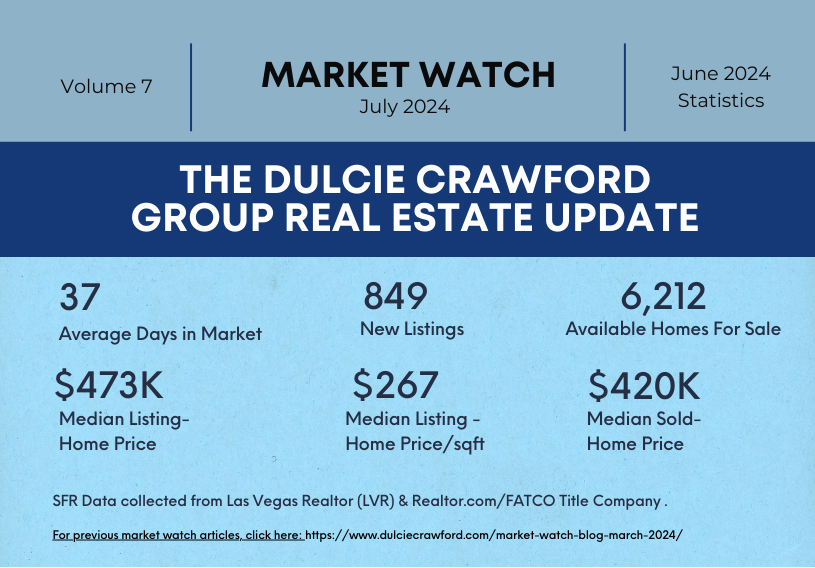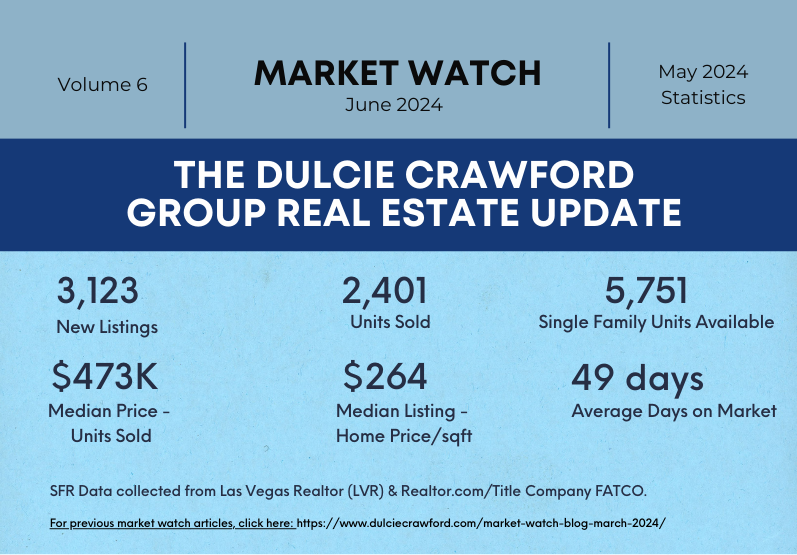The Federal Reserve climbed raised its rate by a quarter rate point Wednesday and demonstrated that two more increments are likely this year.
The move pushes the assets rate focus to 1.75 percent to 2 percent. The rate is firmly attached to shopper obligation, especially charge cards, home value credit extensions and other customizable rate instruments.
In a strangely short explanation that ran only 320 words, the Federal Open Market Committee changed numerous expressions from its past letters, indicating a more hopeful view on monetary development and higher swelling desires.
Despite the fact that the announcement contained few details of the board of trustees’ run of the mill reports, there was a great deal to unload in the dialect.
The advisory group said monetary development has been “ascending at a strong rate,” a redesign from “direct” in May. The joblessness rate has “declined,” instead of “remained low,” and family spending “has gotten,” an overhaul from “directed.”
In light of that, the board of trustees said two more rate increases were proper, conveying the 2018 aggregate to four increments. Its first climb this year was in March.
“The Committee expects that further progressive increments in the objective range for the government reserves rate will be predictable with supported development of monetary movement, solid work economic situations, and swelling close to the Committee’s symmetric 2 percent objective over the medium term,” the announcement said.
That sentence itself highlighted various occurrences of more hawkish dialect.
The board already had described rate climbs as “slow changes” as opposed to “increments,” and the “managed development” partition was totally new.
Be that as it may, the announcement twice held dialect that the Fed had a “symmetric” 2 percent expansion target, showing an inclination to let value weights run somewhat hot before putting the clips on development.
With the 0.25 rate point increment as of now valued in, money related markets were searching for how forceful the FOMC would be in setting fiscal arrangement for whatever remains of the year.
Markets had been waffling over desires for a fourth rate climb this year — the FOMC additionally expanded the assets rate focus in March — and before the gathering were evaluating in a 46.5 percent possibility. The most recent projections from council individuals demonstrate the assets rate to ascend to 2.4 percent before the year’s over, a 0.3 rate point increment from the March gauge.
Stocks edged lower after the FOMC discharge while government security yields prodded higher.
“They transmitted it. The main incremental shock is only that the now expect four rate climbs, and I assume that is the reason the market is somewhat weaker on that news,” said Andrew Slimmon, senior portfolio supervisor at Morgan Stanley Investment Management. That quickens the move from the Fed’s being unbiased to more prohibitive.”
Monetary figure
Council individuals demonstrated in the refresh to their quarterly financial figure that they anticipated that center swelling would achieve the Fed’s 2 percent focus before the year’s over, and now observe monetary development hitting 2.8 percent for the entire year.
Both the desires for total national output and individual utilization mirrored a 0.1 rate point increment from the last gauges in March and were sufficient to push the alleged dab plot of individual panel part rate desires to a more forceful position. Three advisory group individuals moved their desires higher for rates.
Notwithstanding the upward projections for GDP and swelling, panel individuals additionally cut their figure for joblessness. They presently observe a 3.6 percent rate by the end of the year, contrasted and the current 3.8 percent, which was the entire year projection in March.
The council likewise demonstrated it keeps on expecting three more rate climbs in 2019, even with the fourth one this year.
Notwithstanding the additional climb, authorities still observe the long-run reserves rate at 2.9 percent in the wake of topping at 3.4 percent in 2020. The additional climb, however, pushes the rate past “impartial” in 2019, a little sooner than foreseen. Despite everything they see GDP rising 2.4 percent in 2019 and 2 percent the year after, and longer-extend development at 1.8 percent.
The feature swelling conjecture, which incorporates sustenance and vitality, rose one-tenth of a point to 2.1 percent in 2019 and remained at that level for the next year. Feature swelling projections additionally remained at 2.1 percent for 2019 and 2020.

